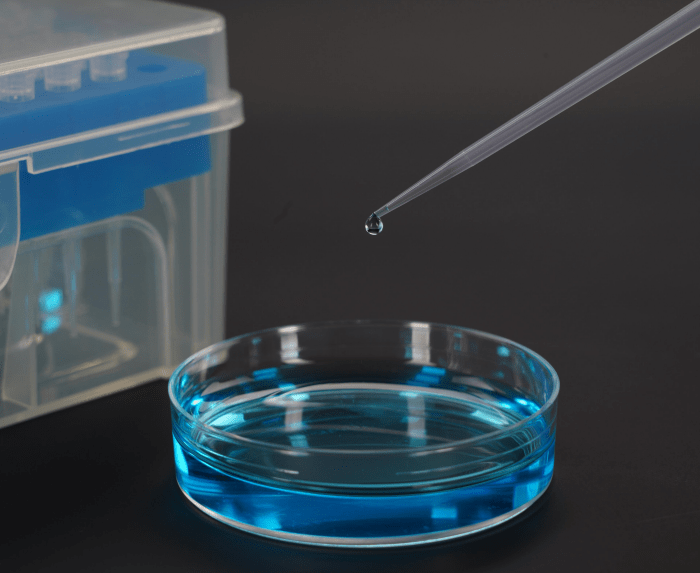Liquids are dispensed in laboratory settings using both standard and low-retention pipette tips; the difference lies in the tips' ability to reduce liquid retention.
Polypropylene is a common, reasonably priced, and robust plastic used to make standard pipette tips. However, polypropylene can attract and hold onto some liquids, particularly those that are sticky or viscous, due to its mild hydrophobicity. Accurate pipetting may be impacted by this liquid retention, particularly when working with small volumes.
Low-retention pipette tips are designed to reduce liquid retention. Usually composed of a specific type of polypropylene, they are covered in silicone lubricant. These changes have made the tip's surface more hydrophilic, which deters liquids from adhering to its interior and repels them from the tip itself. This leads to more precise and consistent pipetting, particularly when handling expensive or delicate reagents.
Low-retention pipette tips are generally advised when working with small quantities or delicate chemicals, for example. When liquid retention is not a major concern, standard pipette tips are a good choice for routine laboratory use.

